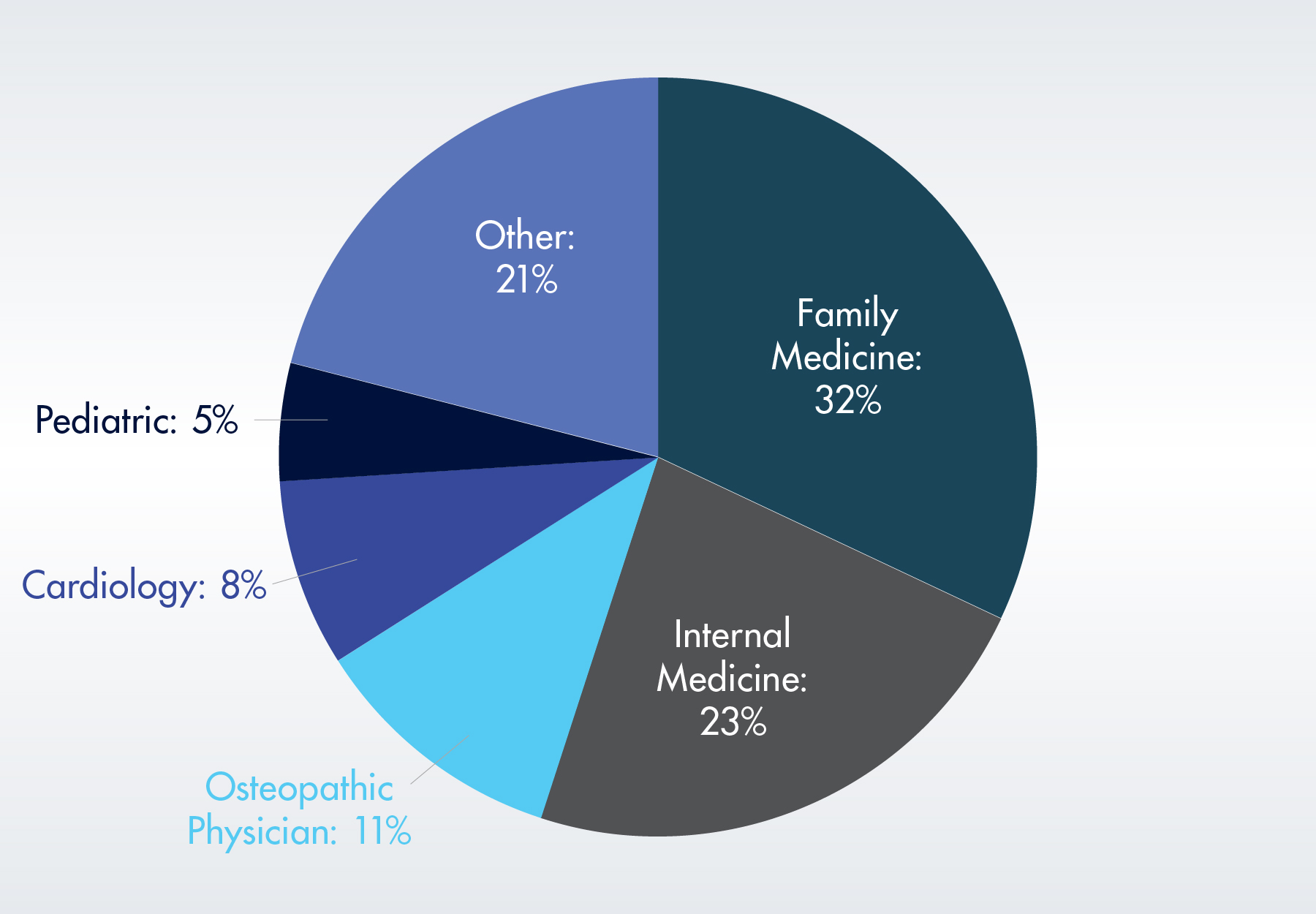Does a Concierge Business Model Make Sense for Your Lab?
Factors to consider when determining if the concierge business model is best for your laboratory.
Those Protecting Access to Medicare Act of 2014 (PAMA) Medicare Part B lab test reimbursement cuts that were supposed to take effect on January 1, 2023 didn’t happen. But unless Congress steps in again, they will next year. Meanwhile, private payors are taking their cue from PAMA and slashing their own reimbursements even below Medicare Clinical Laboratory Fee Schedule (CLFS) rates. With reimbursement per test falling, many labs are feeling the pressure to generate higher test volumes. The problem is that patient encounters have been falling and remain well below pre-pandemic levels. And even if test orders were on the rise, in this labor market you may be unable to secure the supply of skilled laboratory personnel you need to meet that rising demand.
Surely, there must be a better way.
Perhaps there is. Have you ever considered switching your lab to a concierge model? While it won’t work for every lab, it might work for yours. Here are some things to consider.
The Concierge Laboratory
Under a concierge business model, a lab deliberately limits its patient numbers and focuses on providing personalized service to a few customers willing to pay a premium fee for the superior service and extra attention. Concierge medicine can be very appealing to providers and patients alike, particularly those who are frustrated with the administrative, clinical, financial, and other limitations imposed by managed care organizations and other payors. With a reduced case load (which, for medical practices, is typically no higher than 600 patients per physician, according to the journal Concierge Medicine Today [CMT]), providers can dedicate more time to each patient.1
Another massive advantage of the concierge model is that patients pay fees directly to the lab, typically either for the specific services they receive or as a monthly subscription fee for an unlimited services menu. In either case, there are no reimbursement delays or need to deal with third-party insurers, meaning that labs can maintain control over their fee rates, cut their overhead costs, and simplify their payment processes.
Although the concierge medicine model has been around since the 1990s, it got a major boost from the pandemic when historic demand for COVID-19 lab testing coupled with shortages of tests, supplies, safety equipment, and personnel created unprecedented challenges for labs and consumers alike. Those lucky enough to get a test in those early days of the public health emergency often had to wait a week or more for their test results.
Out of these pressures emerged opportunity as labs discovered that customers might be willing to pay higher upfront rates, often in cash, for the convenience and peace of mind of knowing that their COVID-19 testing needs would be taken care of and that their testing results would be delivered right away, allowing them to work and travel.
A Starbucks of Lab Testing
Self-described entrepreneur Rachael McCrary is among those who deployed the concierge model successfully during the pandemic. Recognizing that waiting two to three days for test results wasn’t an option for many wealthy persons in the swank Beverly Hills area, she opened a new CLIA-certified high complexity lab offering premium COVID-19 testing and fast turnaround in 2020 when the pandemic was starting.
Featuring a storefront, separate patient collection rooms, and soothing background music, McCrary’s Gather Labs caters to consumers seeking a more personalized experience. It’s that attention to customer service that sets the business apart from other testing labs, she says. Quoted in an article from Laboratory Industry Report’s partner publication, Today’s Clinical Lab (TCL), McCrary describes Gather Labs as the “Starbucks of lab testing.”
“We make testing for COVID and STDs and influenza fast, safe, easy and really fun, so people want to do it and enjoy the experience,” McCrary tells TCL. Customers pay $190 for a PCR COVID-19 test with results delivered in 29 minutes; $65 for a rapid antigen COVID test; and $75 for an influenza A+B test. For those who would rather not travel to the lab itself, Gather will send a clinician to perform COVID-19 testing at the client’s West Hollywood or Beverly Hills hotel, office, or home for the cost of $275.
While many customers pay directly out of pocket, Gather Labs also accepts some insurance. The lab also contracts with employers to provide COVID-19 testing services to the employees of production companies and other businesses, as well as to members of organizations.2
Is the Concierge Model Right for Your Lab?
Of course, the concierge model isn’t right for every lab. To make it work, labs must be able to tap into a critical mass of customers who have the wealth and desire to pay top dollar for elite lab testing services. “Concierge medicine patients skew upper middle class, with typical household earnings between $125,000 and $250,000 a year,” notes CMT. “They also tend to be Baby Boomers, generally in their 50s to 80s.”1
Accordingly, the concierge model is best suited for labs that operate in wealthy urban and suburban markets like Beverly Hills and West Hollywood and probably isn’t a viable option in rural and low-income areas. Companies that offer concierge lab testing services include MedLion Clinic, a virtual personalized medicine firm that operates in dozens of states, SignatureMD Inc., a concierge firm in Boca Raton, Florida, and Welz, which offers same-day in-home rapid COVID-19 testing in several US locations.
While the exact number is unclear, CMT estimates that there are 12,000 physician practices that offer concierge services across the US. The top five specialties:3
-
- Family Medicine: 32 percent
-
- Internal Medicine: 23 percent
-
- Osteopathic Physician: 11 percent
-
- Cardiology: 8 percent
-
- Pediatric: 5 percent
-
- Other: 21 percent

References:
Subscribe to view Essential
Start a Free Trial for immediate access to this article